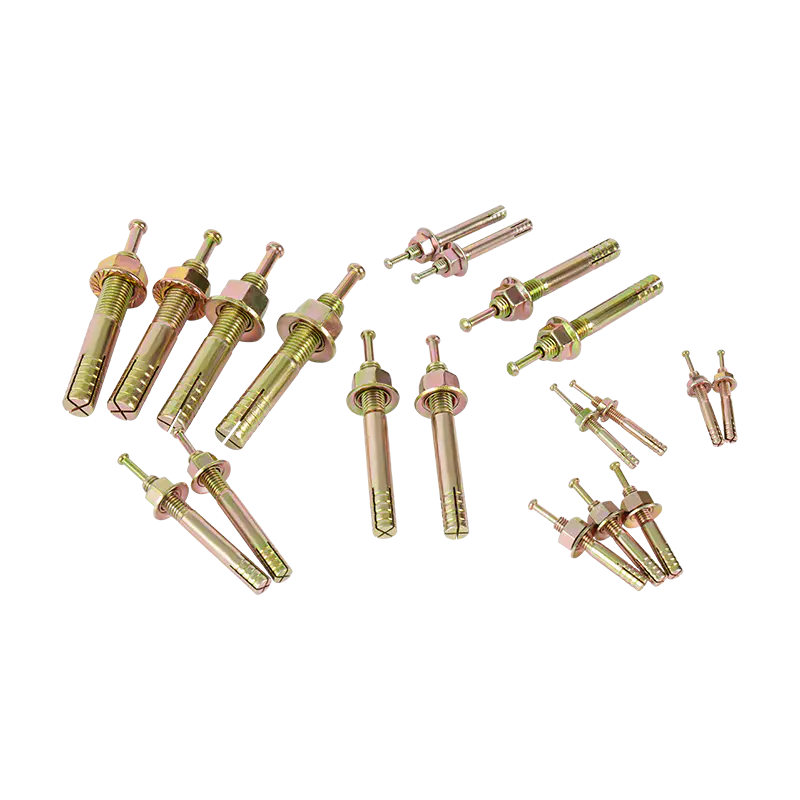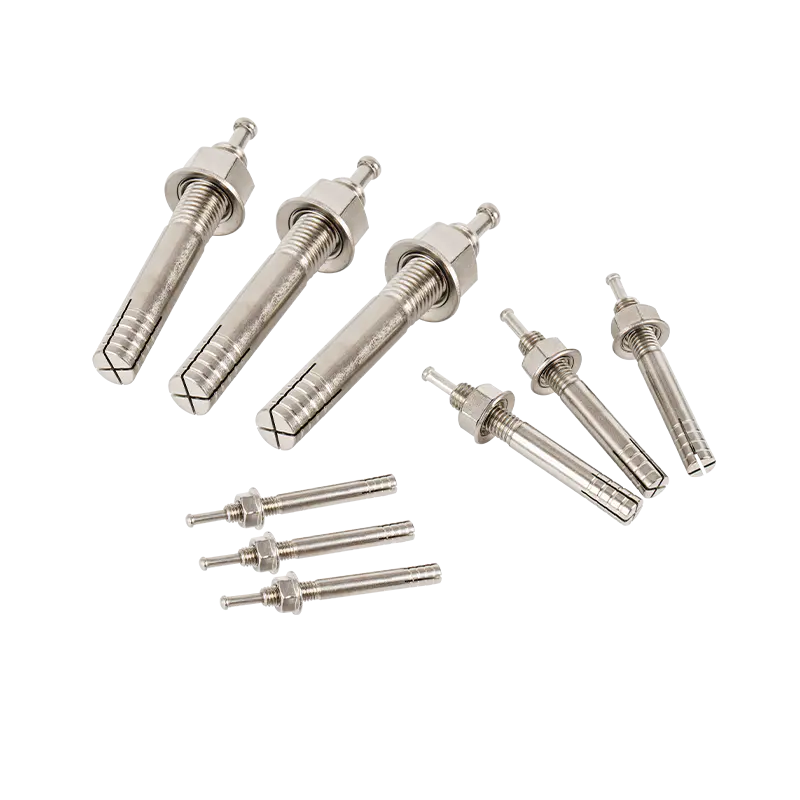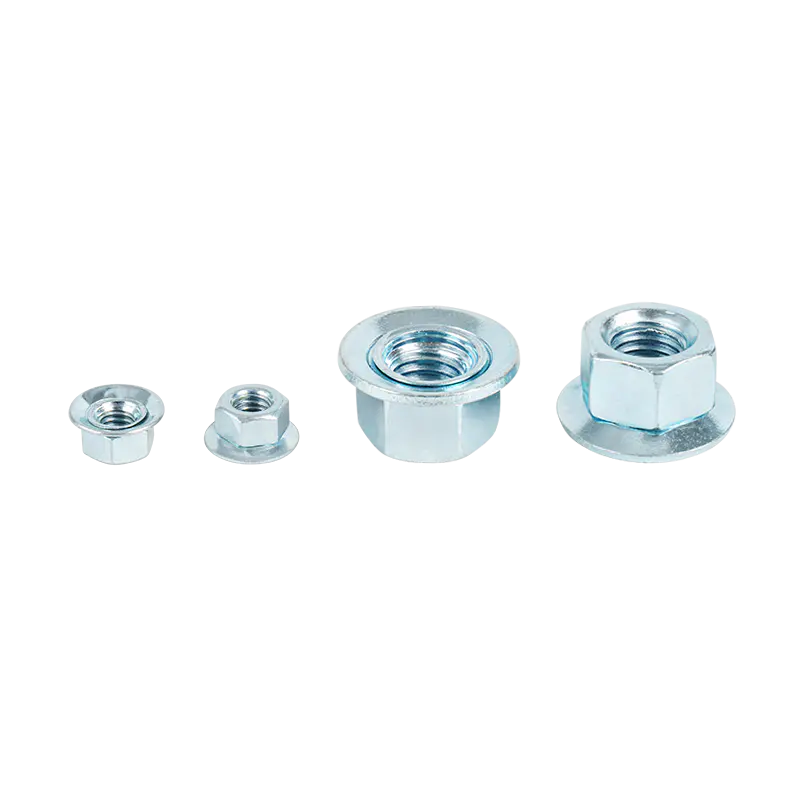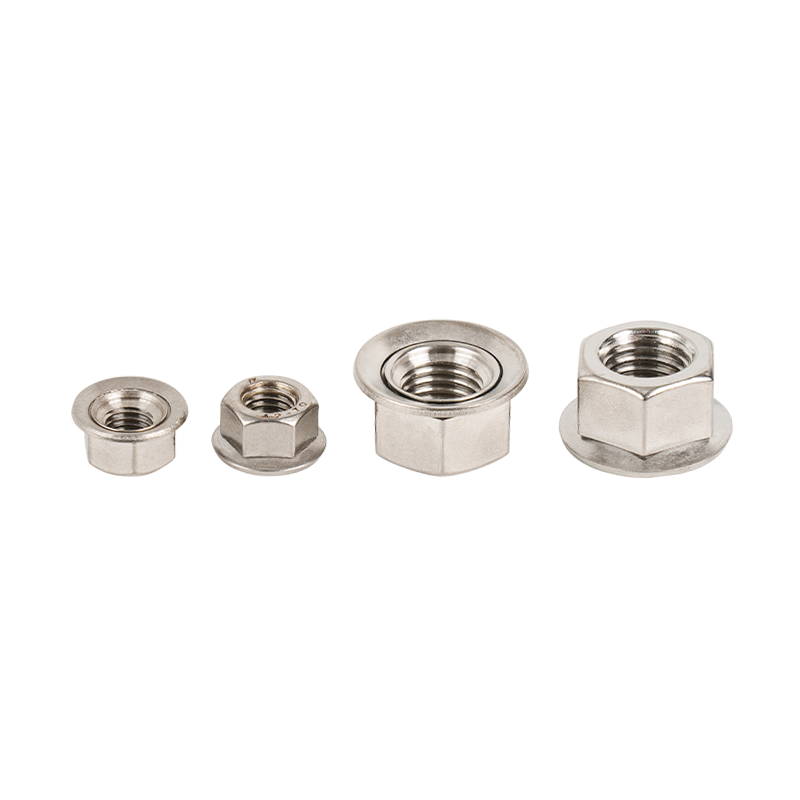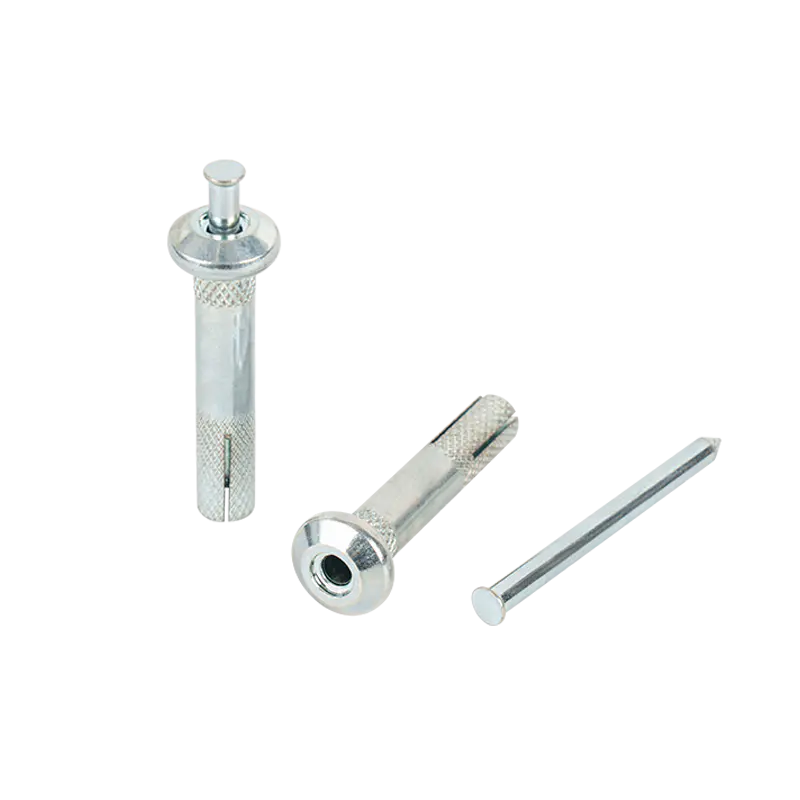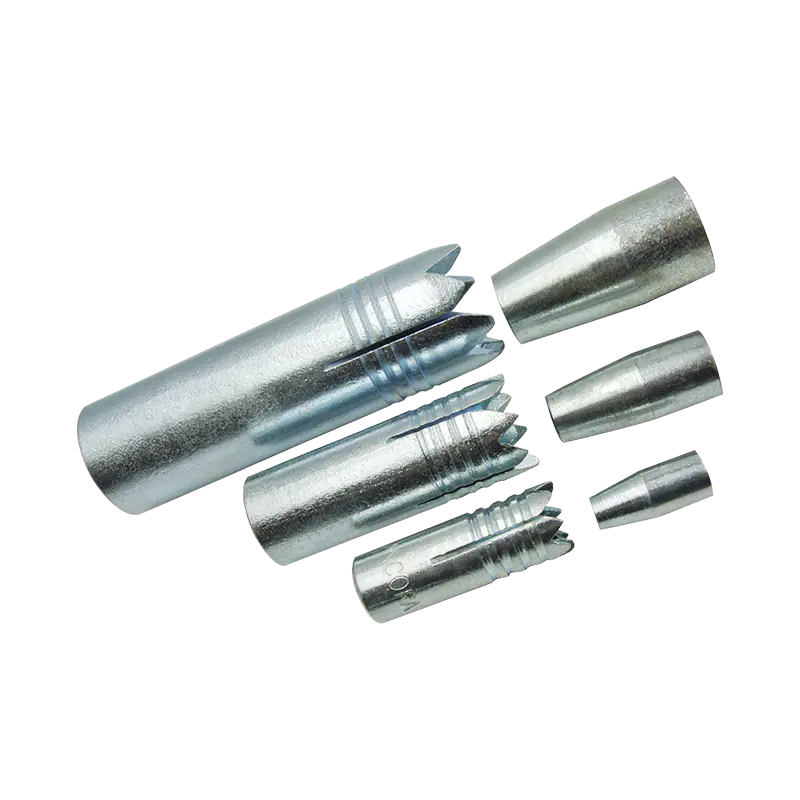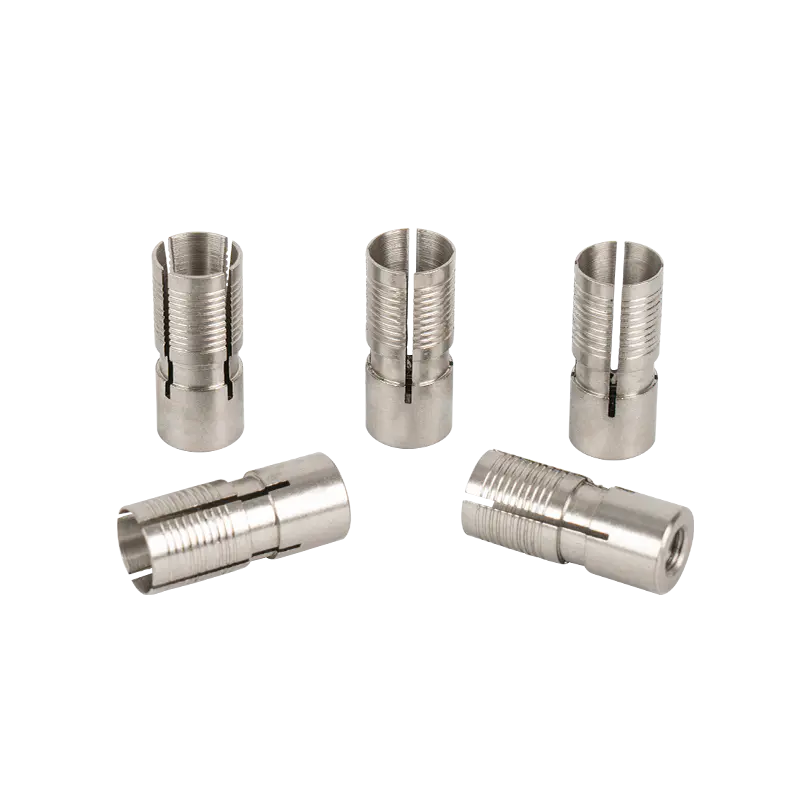How to detect potential defects of Carbon Steel Strike Anchor to avoid engineering accidents?
2025-05-01
In the field of modern construction and heavy industry, Carbon Steel Strike Anchor is a key load-bearing connection component, and its reliability directly affects the stability of the overall structure.
1. Material-level defect prediction technology
Ultrasonic flaw detection (UT testing)
Use a 5MHz high-frequency probe to scan the inside of the anchor layer by layer, focusing on detecting intergranular corrosion and micro cracks. Data shows that when the echo amplitude exceeds the baseline by 50%, the risk of crack propagation increases by 72%. It is recommended to perform 100% coverage testing on the weld area.
Magnetic particle testing (MT testing)
For surface and near-surface defects, a continuous method is used to apply a 2.4kA/m magnetic field strength. According to API specifications, any defect that shows a linear display of more than 3mm should be determined as a critical defect. A typical case shows that an anchor that failed the MT test had stress fractures after 18 months of use.
2. Structural integrity verification process
Dynamic load test
Implement a graded loading test: the initial load is 125% of the design value, and each level increases by 25% to 200%. Monitor the displacement change rate. When the displacement growth rate exceeds 30% of the previous level, the test should be terminated immediately. A certain offshore platform project successfully eliminated 15% of potential failed anchors through this test.
Metallographic structure analysis
The heat treatment area is observed with the help of an electron microscope (SEM). The carbide segregation level should be controlled within level 3 of the ASTM E112-13 standard. Pay special attention to the hardness abnormality caused by incomplete martensitic transformation. Such problems may cause a sudden drop in tensile strength by 40%.
III. Engineering site monitoring plan
Torque-angle composite monitoring
During the installation process, an intelligent wrench system is used to compare the deviation between the actual torque and the design value in real time. Data analysis shows that a torque deviation exceeding ±7% will reduce the anchoring efficiency coefficient to below 0.83.
Stress corrosion assessment
In an environment with a chloride ion concentration of >500ppm, it is recommended to perform a potential polarization curve test every quarter. When the corrosion current density is >0.1μA/cm², emergency protection measures should be initiated. A corrosion rate prediction model is established in accordance with the NACE SP0169 standard.

 English
English 日本語
日本語
